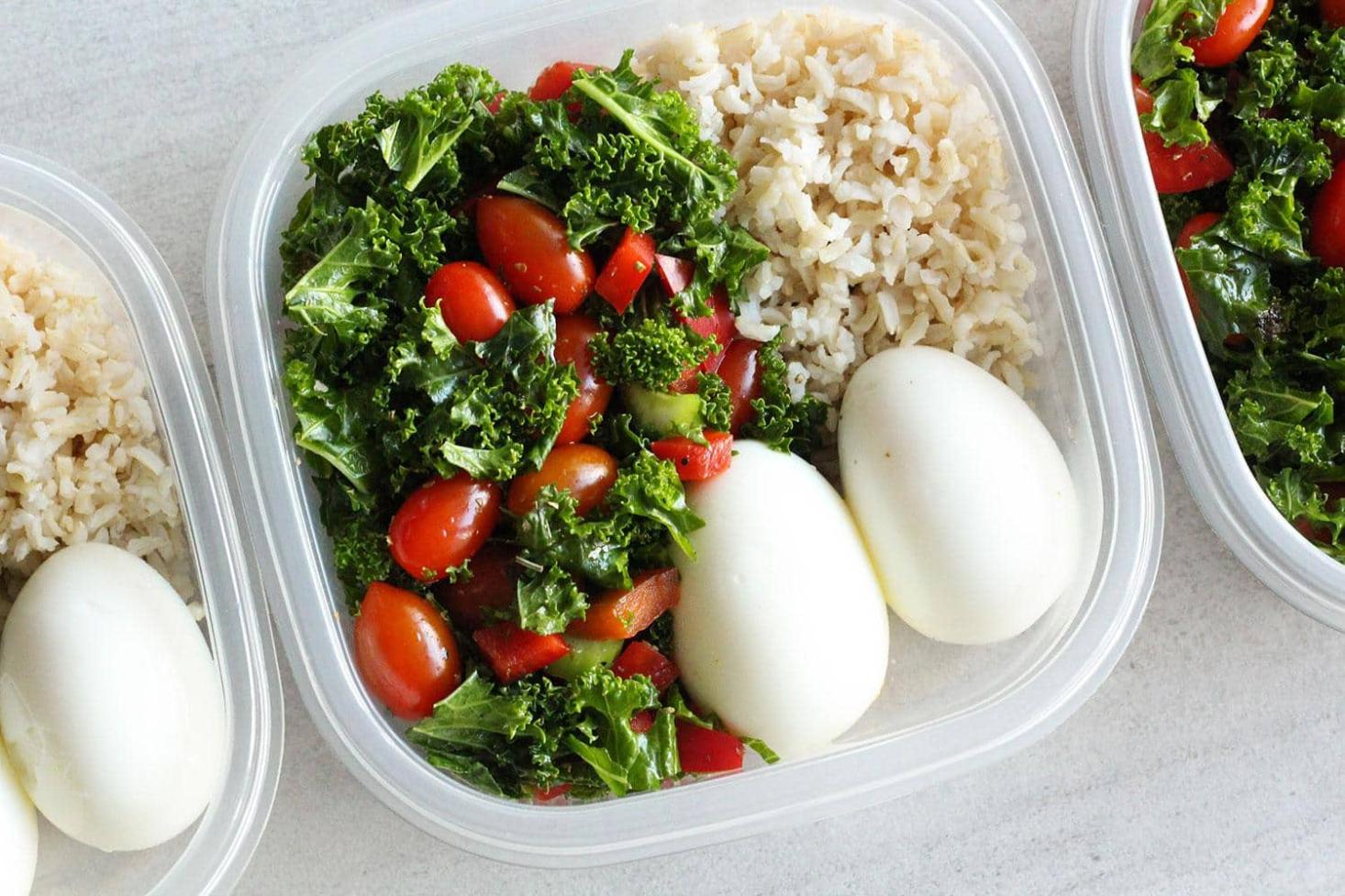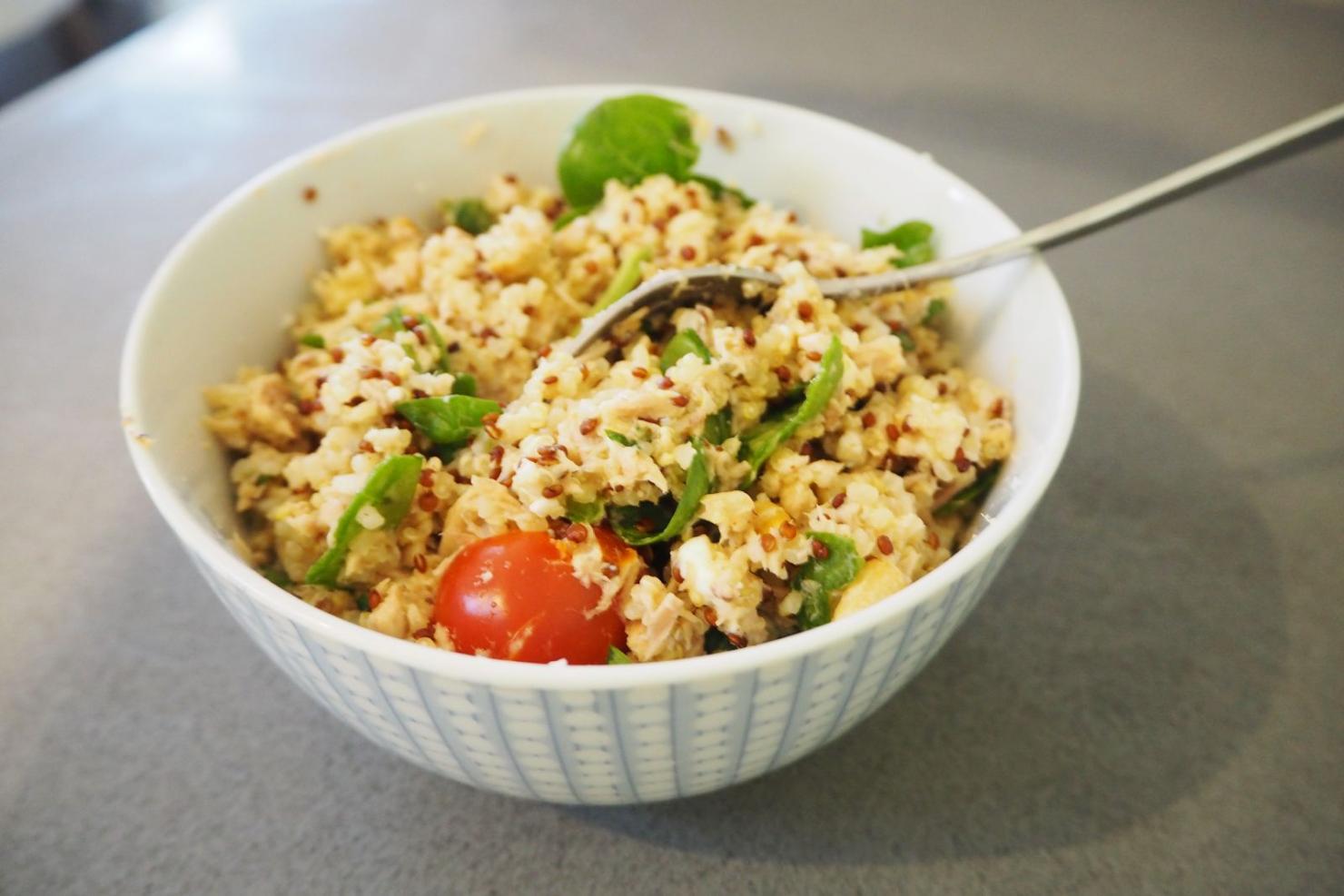How Can I Make My Favorite Recipes Healthier?
Maintaining a healthy diet is essential for overall well-being, but it doesn't mean giving up your favorite dishes. With a few simple adjustments, you can transform your favorite recipes into healthier versions that are just as delicious and satisfying.

Understanding Nutritional Needs:
The first step to making healthier recipes is understanding your individual nutritional needs. These needs vary based on age, gender, activity level, and any underlying health conditions. Consulting a healthcare professional or registered dietitian can help you determine your specific nutritional requirements and provide personalized guidance.
Healthier Cooking Techniques:
The way you cook your food can significantly impact its nutritional value. Opt for healthier cooking methods that preserve nutrients and reduce unhealthy fats:
- Steaming: Preserves nutrients and moisture, making it ideal for vegetables, fish, and poultry.
- Baking: Uses dry heat to cook food evenly, resulting in a crispy exterior and tender interior.
- Roasting: Similar to baking, roasting involves cooking food in an oven, but at a higher temperature.
- Grilling: Cooks food over direct heat, imparting a smoky flavor. Perfect for vegetables, meats, and fish.
- Sautéing: Involves cooking food quickly in a small amount of oil, making it a healthier alternative to frying.
- Stir-frying: Similar to sautéing, stir-frying involves cooking food quickly in a wok or large skillet.
Substituting Healthier Ingredients:
Swapping out unhealthy ingredients for healthier alternatives can significantly reduce calories, fat, and sodium while boosting nutritional value:
- Whole-wheat flour: Replaces white flour, providing more fiber and nutrients.
- Greek yogurt or cottage cheese: Substitutes for sour cream, offering a protein-rich and lower-fat option.
- Avocado or applesauce: Replaces butter, adding healthy fats and natural sweetness.
- Honey or maple syrup: Substitutes for refined sugar, providing a natural sweetness with fewer calories.
- Olive oil or avocado oil: Replaces vegetable oil, offering heart-healthy fats.
Reducing Sodium And Sugar:

Excessive sodium and sugar intake can contribute to various health problems. Here's how to reduce them in your recipes:
Reducing Sodium:
- Use fresh herbs and spices: Enhance flavor without adding salt.
- Opt for low-sodium canned goods: Rinse canned beans and vegetables before use to further reduce sodium.
Reducing Sugar:
- Use natural sweeteners: Honey or maple syrup in moderation can provide sweetness without the added sugar.
- Add fruits and vegetables: Incorporate fruits and vegetables into sweet dishes to naturally sweeten them.
- Reduce sugar in baked goods: Gradually reduce the amount of sugar in baked goods without compromising taste.
Increasing Fruits And Vegetables:
Fruits and vegetables are packed with essential vitamins, minerals, and fiber. Aim to incorporate more of them into your favorite recipes:
- Add chopped vegetables: Incorporate chopped vegetables into pasta sauces, soups, and stews.
- Use fruits in smoothies: Blend fruits with yogurt, milk, and ice for a refreshing and nutritious smoothie.
- Incorporate vegetables into stir-fries: Stir-fries are a great way to add a variety of vegetables to your meals.
Portion Control:
Portion control is crucial for maintaining a healthy diet. Here are some tips to help you practice portion control:
- Use smaller plates and bowls: Smaller plates and bowls can help you control portion sizes.
- Measure ingredients accurately: Use measuring cups and spoons to ensure you're using the correct amount of ingredients.
- Avoid eating directly from containers: Pouring food onto a plate or bowl helps you visualize portion sizes.
- Listen to hunger and fullness cues: Pay attention to your body's signals of hunger and fullness to avoid overeating.
Making your favorite recipes healthier is achievable by using healthier cooking techniques, substituting healthier ingredients, reducing sodium and sugar, increasing fruits and vegetables, and practicing portion control. Experiment with different healthier versions of your favorite dishes and enjoy a balanced and nutritious diet that supports your overall well-being.
YesNo

Leave a Reply